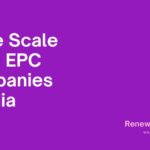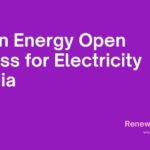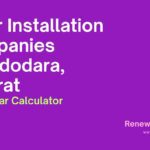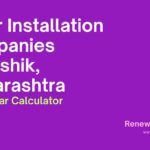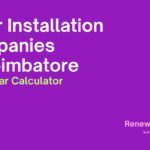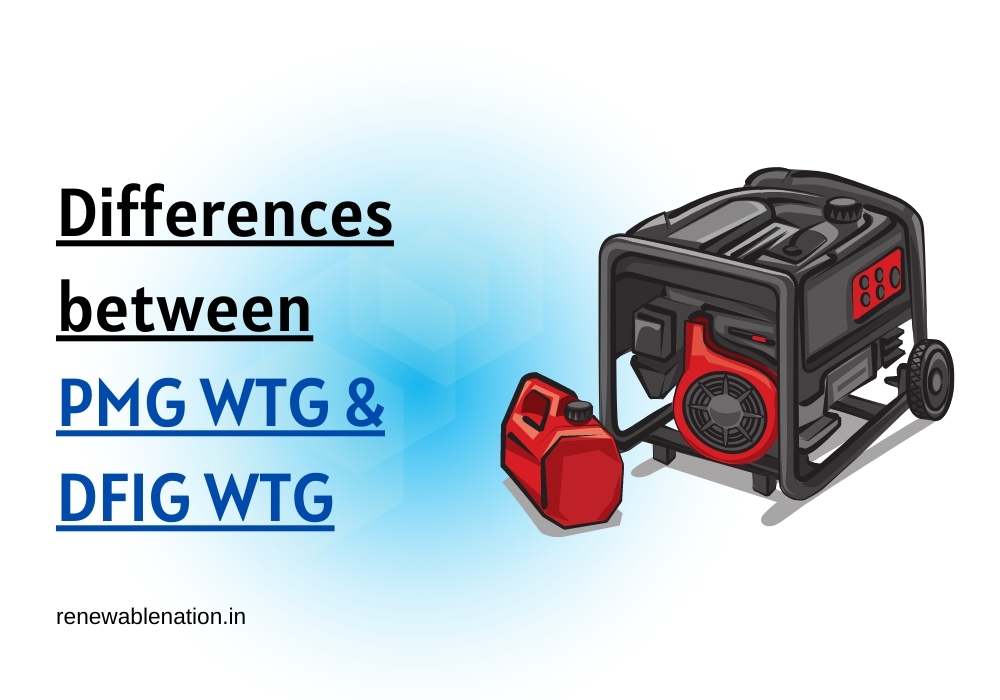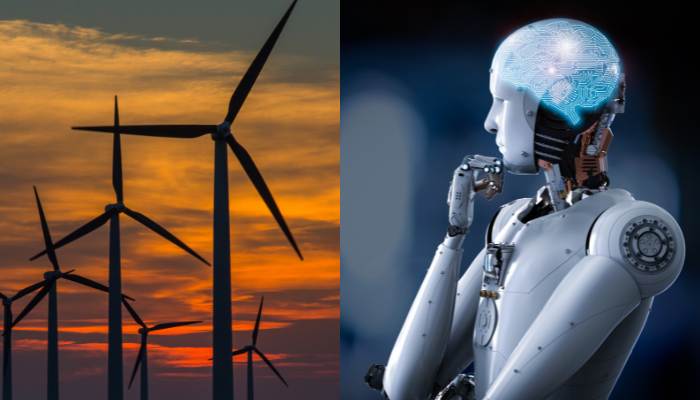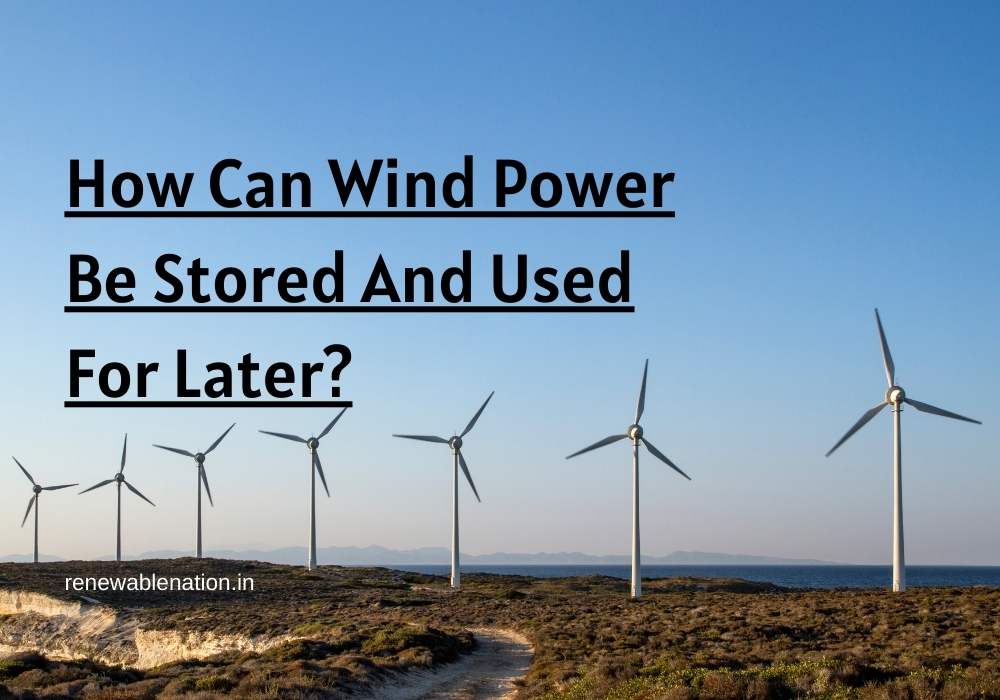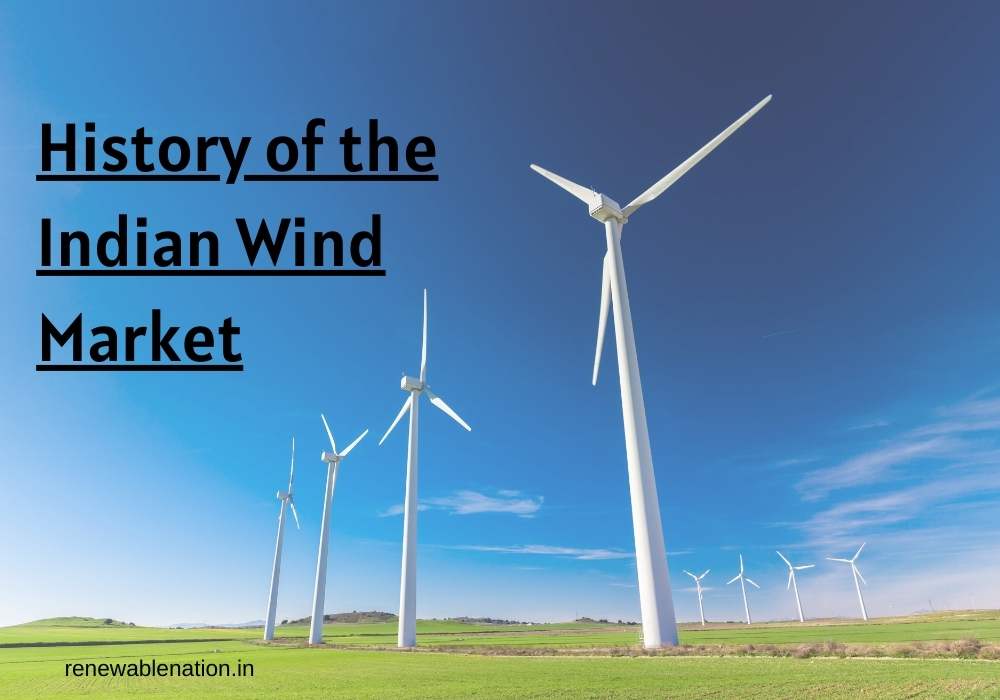Choosing the right generator and converter when designing a wind turbine is essential for proper functioning and reducing energy costs. A large percentage of modern drive trains are either doubly fed induction generators with partially rated converters or permanent magnet generators with fully rated converters.
A permanent-magnet generator (PMG) is commonly used in small and medium-sized wind turbines for generating electricity. In PMGs, there is no need for external excitation and no copper losses in the rotor circuit, so they provide high-efficiency and high-reliability power generation.
In the doubly-fed induction generator (DFIG), the power electronic interface controls the rotor currents to achieve the variable speed necessary for maximum energy capture in varying wind conditions.
This article will discuss how they differ based on parameters like generator types, upfront expenses, service costs, grid fulfilment, cost of energy, reliability, and efficiency.
Types of Generators
DFIG
DFIG’s rotor current, which is about 30% of the total output, flows through slip rings and is managed by a four-quadrant converter, which is directly connected to the grid.
PMG
A rotor with permanent magnets is the core component of the Permanent Magnet Generator (PMG). The stator is coupled to a full 4-quadrant converter, which regulates the generator’s torque.

Upfront Expenses associated with Generators
The DFIG is less expensive upfront. A DFIG generator is often cheaper since magnets are more expensive. Further, partial converters allow smaller (or fewer) modules to be used, thereby lowering converter costs.
The cabinets can be more easily integrated into the system because the partial converter is lighter and smaller than the full converter.
For the same power output, the PMG weighs less than the DFIG. The PMG may be made shorter and lighter than the DFIG since it lacks slip rings and has better thermal properties. Compared to the DFIG configuration, the generator frame and nacelle can be shorter than the shorter generator length.
According to estimates, the DFIG (generator and converter) will save 30% money upfront compared to the PMG (generator and converter).
Requirements for Grid
For grid code compliance, the PMG is a wise option. The full converter can readily meet all criteria for harmonics, power factor control, and grid fault ride-through.
The DFIG incurs additional costs to comply with new grid codes. The DFIG converter becomes comparable in size and cost to the full converter once it has fault ride through and power factor capability.
The DFIG offers a challenge in export because it has been modified for several frequencies. Changing the generator design (number of poles, winding configuration) is necessary if the generator is to be used at 50Hz or 60Hz. It is also usually needed to change the gearbox design.
Reliability of PMG and DFIG Generators
PMG, with its improved heat performance, lack of slip rings, and absence of encoders, has a high level of reliability and requires less maintenance. Due to the increased gearbox stresses brought on by grid transients, the DFIG has a detrimental effect on reliability and raises upkeep costs. Your gearbox’s grid voltage and frequency variations lead to high cycle tooth loads, which result in micropitting.
The slide rings must also be inspected and changed every six months. In cold or coastal conditions, maintenance windows could be even shorter. A generator speed encoder that can withstand lightning, pollution, bearing failure from vibration, and shaft bending are necessary for the partial converter concept.
Induced shaft currents are frequently very high in DFIG generators. Insulated bearings and grounding brushes can help to prevent this, but these systems are expensive and additionally, the MTBF (Mean Time Between Failure) goes down due to the components.
The projected MTBF for converter and PMG parts is 8000 hours.
The MTBF for the DFIG and converter’s parts is reportedly 1500 hours.
PMG & DFIG Generator Service Charge
Most failures will only result in service costs related to labour hours and lost production. Furthermore, component costs and crane time will be included in the service costs for significant component failures.
It is anticipated that the annual service expenses for the DFIG and converter will be 20 to 30 percent more than the annual service costs for the PMG, in addition to the additional service costs for the gearbox.
Cost of Energy
The assumptions for the COE calculation will differ considerably depending on site conditions and service strategy. The cost of Energy is determined by starting prices, operational costs, and yearly energy production. It is outside the scope of this research to attempt to determine COE for this turbine configuration.
However, based on the relative contribution of the generator’s and converter’s upfront costs to the total initial investments of the wind turbine and the proportion of the generator’s and converter’s service costs to the total, it is reasonable to spot a pattern.
It is evident that a wind turbine with a PMG will achieve a lower energy cost than a wind turbine outfitted with a DFIG and that the benefits in AEP and cost of service for the PMG balance the higher upfront cost.
Efficiency
The PMG drivetrain helps turbines work more efficiently over the full range of their operation. PMG and DFIG with a partial converter perform similarly when run at 100 percent power, despite claims that DFIGs are more efficient. However, this is rare and, in general, PMG transmissions have proven to be more effective under most conditions. As power decreases, efficiency decreases, too. Furthermore, the DFIG’s efficiency is also reduced by the ohmic losses in its windings, which are almost constant regardless of the output.
